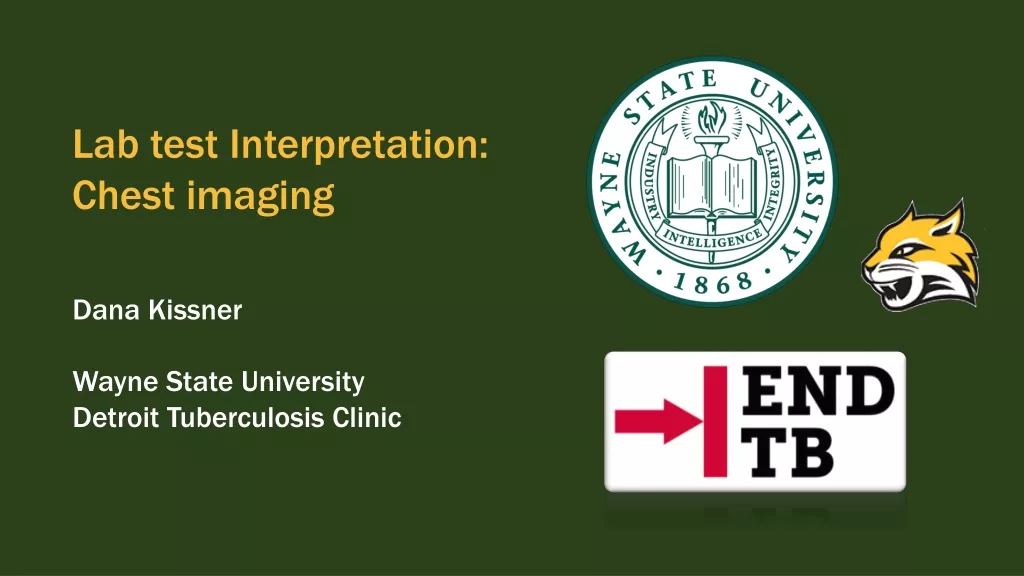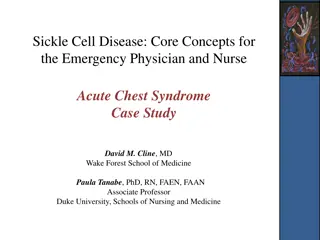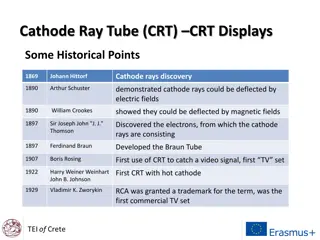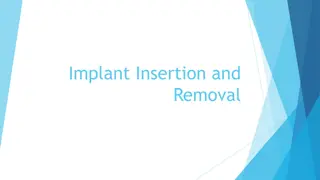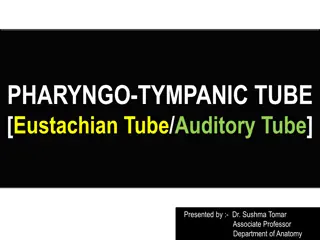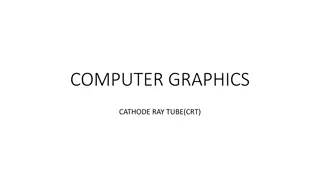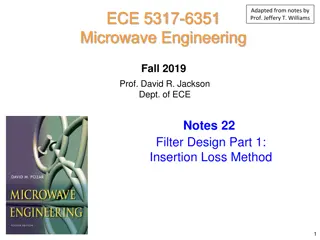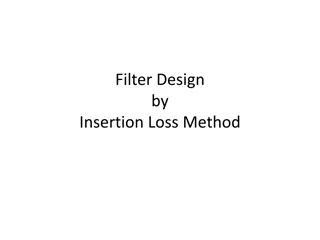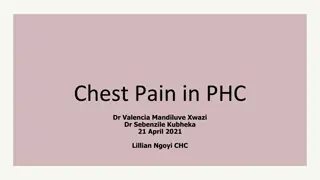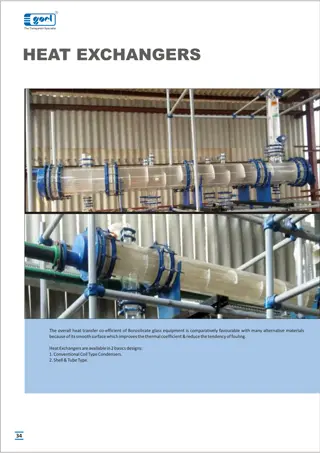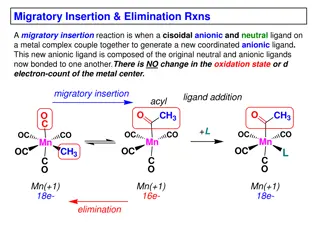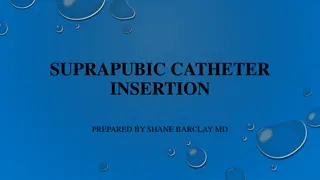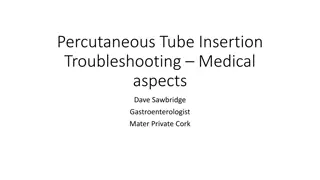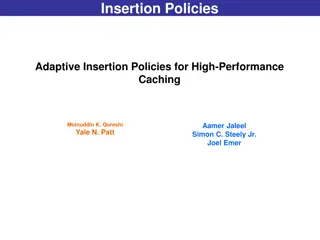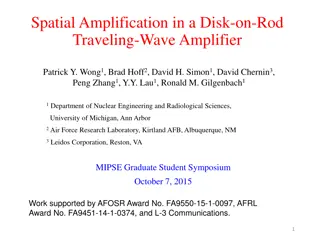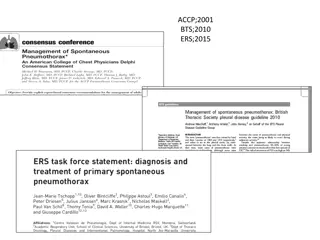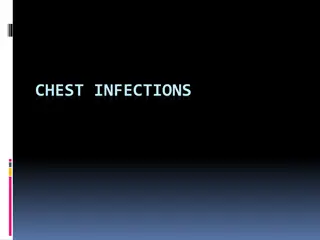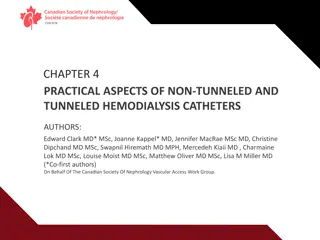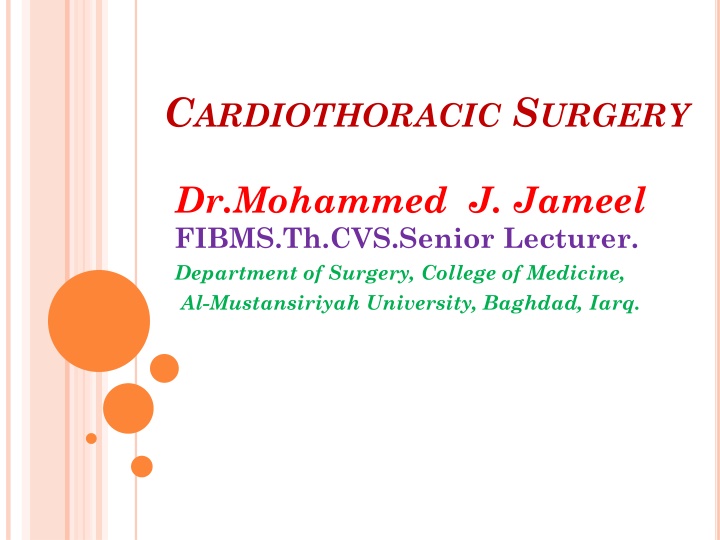
Safe Insertion Of Chest Tube: Key Considerations
The proper technique for chest tube insertion is crucial to prevent damage to nearby structures. Learn about the safe areas for insertion, optimal ICS levels, and management of pneumothorax and fluid collections. Understand the distinctions between primary, secondary, and catamenial pneumothorax, along with their clinical features and diagnostic criteria.
Download Presentation

Please find below an Image/Link to download the presentation.
The content on the website is provided AS IS for your information and personal use only. It may not be sold, licensed, or shared on other websites without obtaining consent from the author. If you encounter any issues during the download, it is possible that the publisher has removed the file from their server.
You are allowed to download the files provided on this website for personal or commercial use, subject to the condition that they are used lawfully. All files are the property of their respective owners.
The content on the website is provided AS IS for your information and personal use only. It may not be sold, licensed, or shared on other websites without obtaining consent from the author.
E N D
Presentation Transcript
CARDIOTHORACIC SURGERY Dr.Mohammed J. Jameel FIBMS.Th.CVS.Senior Lecturer. Department of Surgery, College of Medicine, Al-Mustansiriyah University, Baghdad, Iarq.
LEC : 8 Safe Insertion Of Chest Tube:- The insertion of chest tube requires a great attention to avoid damage of the structures near the pathway of insertion , previously they put the chest tube in the 2ndICS(intercostal space) for Pneumothorax and in the 8thICS for pleural effusion, Empyma, Heamothorax, with time they observe occurrence of many injuries to Subclaclavian vessel , Liver , Spleen , diaphragm during chest tube insertion through these levels, with time the idea of safe area for chest tube insertion is developed , they found that ICS.s ( 4, 5 ,6 ) are the safest spaces regarding the Horizontal levels While The Area between the Anterior Axillary and the Posterior Axillary Lines represent the safe Vertical extensions.
According to what mentioned above it is better to put the chest tube in the 4thor 5th ICS between the Anterior and Mid axillary Line and direct it upwards and anteriorly to the apex of hemithorax for the Mx of Pneumothorax While For the Mx of Fluid Collection ( Haemothorax , Empyma , etc ) the chest tube inserted through 5thOR 6th ICS between Mid and Posterior Axillary Line And direct it down wards and posteriorly.
Spontenous Pneumothorax :- Means accumulation of air in the pleural space without any antecedent event. Primary Spontenous Pneumothorax (PSP) :- Occur in Young,Tall, Slim, Smoker , Male due to rupture of subpleural bleb or bullae in otherwise normal lung , it represents 85% of cases with 45% recurrence rate. Secondary Spontenous Pneumothorax (SSP) :- Involve 40- 60 Yr. old Pt. with underlying Lung disease e.g T.B , Cystic Fibrosis , Ca Lung , etc , incidence 15% with 35% recurrence rate Catamenial Pneumothrax (CP) :- Occur in Female > 30 Yr. with in few days of menstrual cycle due to rupture of diaphragmatic or pleural endometriosis , mostly on the Right side.
Clinical Features depends on 1.degree of Lung collapse 2. Previous pulmonary state 1. Pt. may be asymptomatic with normal Pa O2 2. When 25% of Lung collapse leads to decrease air entry with resonant percussion notes. 3. Chest pain , dyspnea , Tachypnea may end with cyanosis and shock 4.When there is extensive Lung disease with adhesion it may leads to Pneumomediastinum, Subcutaneous Emphysema, hemorrhage may occur due to torn vascular adhesions. CXR :- Expiratory Film Dx Small Pneumothorax , findings are 1. Absent Lung Markings 2. Fine line define the edge of lung 3. when fluid present we can see Air-Fluid level.
Mx :- According to the clinical condition 1. Small 5-20% asymptomatic lung collapse which does not increase over 6 hr.s can be observed and re-expansion is stimulated by supplemental O2to decrease PN2of capillary blood, this will encourage shift of N2from pleural space to blood 2. Chest tube with closed drain system is adequate for most Pt.s with large Pneumothorax, recurrence is prevented by keeping the tube in place for several days to induce sterile pleuritis, gentle suction facilitate lung expansion, as the lung re-expand the Pt. feels pain which subside gradually, rapid lung expansion may leads to pulmonary edema in ipsilateral lung. Serial CXRs are done to assess lung re-expansion, the air leak is monitered by observing the rate of bubbling in Water- Seal Chamber, Massive air leak requires insertion of 2ndChest tubes connected to suction till the lung expands and adhesion forms between Parietal pleura and site of air leak.
Indication for surgery :- 1. Massive air leak with failure of lung re-expansion 2. Smaller air leak which persist for more than 1 Wk 3. Recurrent episodes 4. Obvious Bullae or cyst seen in the collapsed lung 5. Hx of contra lateral Pneumothorax 6. Persons who live in remote areas 7. Pt. who likely to expose to dangerous changes in the atmospheric pressure like Pilots, Scuba divers Surgical Mx :- this is done by either VATS or Open thoracotomy, the aim of Opt. is 1. To deal with any air leak from the lung 2. to search for and obliterate any bleb or bullae 3. To make visceral pleura adherent to the Parietal pleura so that any subsequent leaks are contained and the lung will not completely collapsed Pleural adhesion can be achieved by 1. Pleurectomy. Done by thoracotomy and striping the Parietal pleura from chest wall. 2. Chemical pleurodesis. Done by using Materials like Talc, Bleomycin through chest tube which induces inflammatory reaction between parietal and visceral pleura.
Pleural Effusion: - Accumulation of Sterile fluid in the pleural space secondary to anther condition which prevents normal passage of fluid from parietal pleural capillaries to pulmonary capillaries, the effusion may be free in the pleural cavity usually at early stages of underlying dis. Then tend to be loculated with the progress of dis. i.e when it becomes chronic. Etiology :- 1. Transudative effusion :-cc by low protein content< 3gr /dl , usu. Due to systemic dis. e.g Heart Failure, CRF, SVC obstruction 2. Exudative effusion: - cc. by protein content > 3gr /dl , usu. Due to pleural dis. Which increase parietal protein permeability and decrease re-absorption by visceral pleura. From surgical point of view pt. with pleural effusion we have to aspirate a good sample and send it freshly for cytology , AFB examination , Gram stain and C/S
Mx :- 1. Pleural effusion must be evacuated totally best by chest tube insertion to ensure complete lung expansion and prevent the development of encysted effusion. 2. The cause of effusion must be treated , for malignant effusion we keep the chest tube in till the fluid evacuated totally and the amount of daily drain is less than 100 ml , then we use 2 - 4 vials (30-60)mg Bleomycin dissolved in 50 ml Normal Saline + 10 ml Xylocain2% and we inject the whole solution in side the pleural cavity through the chest tube to induce adhesion between parietal and visceral pleura and obliterate the pleural space to prevent re-accummulation of fluid.
Empyma Thoracic :- Collection of infected fluid in the pleural space , it may be localized or involve the whole cavity, it is classified clinically to 1.Exudative (Acute) Empyma :- represents the initial stage which characterized by Thin fluid with low cellular content , the parietal and visceral pleura are thin and the lung is Re-expandable. 2. Fibrino-Purulent (Subacute) Empyma :- the pleural fluid contain large No. of PMN with Fibroblast deposition on both visceral and parietal pleura leading to thicking of pleural layers and the lung will be fixed and no longer re- expandable. 3. Fibrous ( Chronic)Empyma :- Fibrous septa will grow and divide the pleural cavity to multiple pockets leading to encysted collections , the exudate is thick and the is imprisoned by thicken visceral pleura.
Etiology :- lung abcess which extend to pleura directly , through blood or lmphtics. 2. complicated spontenous pneumothorax 3. Mediastinal cause e.g bronchopleural fistula , Esophageal perforation , Eso. Anastamosis leak. 4. Extension from Subphrenic or intrahepatic abcessby rich lymphatics of diaphragm. 5. Trauma , Needle aspiration which introduce infection from outside Dx :- Pt. present with fever, CXR and /or CT scan are required to settle dx Pleural aspirate must be sent for Culture and Sensativity. 1. Primary Lung disease e.g Pneumonia ,
Aim of Mx :- 1. Control the primary inf. And Empyma. 2. Evacuate the purulent content of the sac and eradicate it to prevent chronicity. 3. Ensure lung re-expansion to restore normal function , these steps done by a. start with broad spectrum ABi.s which are modified later acc. To results of C/S. b. Thin Pus at early stage can be aspirated by Thoracocentesis c. drainage by chest tube is done when the pus is thick or when aspiration is inadequate. d. Open drain is used for loculated pus and toxic pt. , this is done by resecting a short segment of rib , loculation breaked up , pus evacuated and need for decortication can be assessed. e. For fibrino-purulent and fibrous Em. Thoracotomy and Decortication are required to remove the thickened layers of pleura and make the lung able to re-expand again, important point is that to be sure about the cause of chronic Em. If it is T.B pt. must be covered with Anti-TB 1 month before and 5 months after opt. to prevent re- activation of TB bacilli.
Chylothorax :- accumulation of chylii in pleural cavity Etiology 1. Congenital :- Artesia of Thoracic duct 2. Traumatic :- Thoracic duct joins left subclavian and internal jagular vein to form the innominate vein at the base of neck from left side any trauma or surgrey at this area might injure it but it is usu. Self limiting and resolve with in few days e.g Double lumen insertion, cervical rib resection, PDA ligation. 3. infection e.g TB lymphadenitis continous loss of chylus will leads to nutritional impairment and increase susetability to inf. Mx :-1. we insert chest tube to evacuate chylus and ensure lung expansion 2. pt. is given medium chain Triglyceride diet or parenteral elementation to decrease chylus drain 3. Talc or Bleomycin pleurodesis through chest tube can be done. Surgery by Thoracic duct ligation when drain is continuous more than 500ml/day for adults and >100ml for children 4. Neoplastic.

